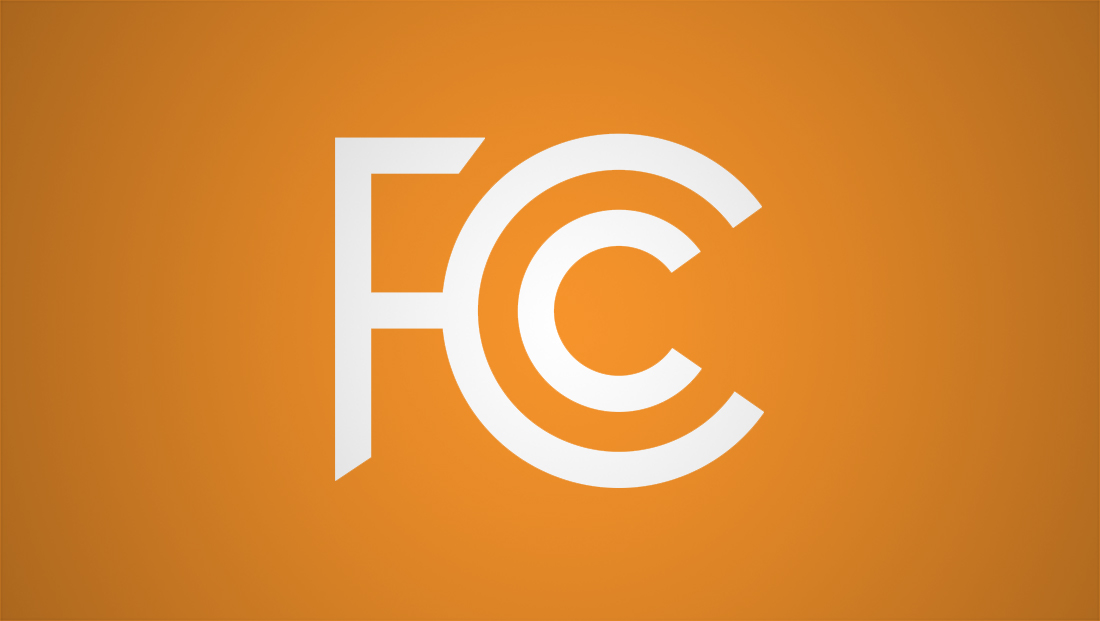FCC advances rulemaking on upper C-band spectrum auction

Subscribe to NCS for the latest news, project case studies and product announcements in broadcast technology, creative design and engineering delivered to your inbox.
The Federal Communications Commission voted unanimously Nov. 20 to advance a notice of proposed rulemaking that would clear spectrum in the 3.98 to 4.2 gigahertz upper C-band for auction and eventual wireless use.
The proceeding seeks comment on making between 100 and 180 megahertz available for terrestrial wireless services through competitive bidding, in accordance with requirements set by Congress in the One Big Beautiful Bill Act signed earlier this year.
The legislation mandated the FCC complete a system of competitive bidding for at least 100 megahertz in the upper C-band by July 4, 2027.
“This draft NPRM proposes to expand the ecosystem for next-generation wireless services in the C-band by making as much as 180 and at least 100 megahertz of the upper C-band available for terrestrial wireless flexible use via a system of competitive bidding,” said Andrew McCardell, attorney advisor in the Wireless Telecommunications Bureau’s Mobility Division, during the meeting.
The rulemaking asks how much spectrum beyond the 100 megahertz minimum could be repurposed from incumbent fixed satellite service space station operators and how the transition could be completed if existing customers relocate out of the band. The commission proposed applying existing 3.7 gigahertz service rules to any newly authorized terrestrial wireless operations and seeks comment on potential modifications.
The commission proposes applying existing 3.7 gigahertz service rules to newly authorized terrestrial wireless operations in the upper C-band. Rules and requirements related to the transition process would be modeled on those applied during the lower C-band transition.
“By proposing to model our technical licensing and transition frameworks on those proven rules, we can expedite deployment while maintaining the certainty for incumbent satellite operations that have long relied on the spectrum for essential broadcast and communication services,” said Commissioner Olivia Trusty.
The rulemaking asks how much spectrum beyond the 100 megahertz minimum could be repurposed from incumbent fixed satellite service space station operators and how the transition could be completed if existing customers relocate out of the band.
Incumbent satellite operators serving a majority of C-band earth stations in the contiguous United States have indicated they could repurpose at least 100 megahertz of the upper C-band for terrestrial wireless use, according to the document. SES Americom stated that if current trends continue, incumbent satellite operators could potentially clear up to 100 megahertz in a shorter timeframe with appropriate incentives and cost-reimbursement mechanisms.
The rulemaking also seeks comment on reallocation of the 4.0 to 4.2 gigahertz band, competitive bidding procedures, licensing and technical rules, practical and financial aspects of transitioning incumbent fixed satellite service operations, and methods to promote coexistence with adjacent band radio altimeters.
Commissioner Anna Gomez noted the inclusion of a question about a tribal licensing window.
“Absent a tribal licensing window, tribal lands become part of a larger licensed service area and often are the last areas to see service, if at all,” Gomez said. “But with a tribal licensing window, the tribal nations get access to a license limited to the boundaries of their tribal lands, which allows them to begin providing connectivity to residents rather than being forced to wait for a carrier to develop a business case to do so.”
Chairman Brendan Carr emphasized the need for continued coordination with federal partners.
“Looking ahead, federal agencies and industry stakeholders alike must stay focused so consumers win from innovation in the upper C-band as quickly as possible,” Carr said. “That means delivering on a timely auction and a timely transition as well.”
Carr noted the timeline presents challenges given the need to accommodate satellite users in the upper C-band and radio altimeters on aircraft in an adjacent band. The commission has been working with the Federal Aviation Administration and the National Telecommunications and Information Administration on coordination issues.
“As we explore these options, I appreciate the Commission’s continued coordination with our federal partners, including the FAA and NTIA, to ensure coexistence with radio altimeters and other safety critical systems in adjacent bands,” Trusty said.
The rulemaking follows a notice of inquiry the commission issued in February 2025 to examine opportunities for more intensive use of the upper C-band.
The commission also voted to adopt a notice of proposed rulemaking on modernizing telecommunications relay services, a direct final rule deleting approximately 21 obsolete rules, and an order on reconsideration rescinding a January 2025 cybersecurity declaratory ruling.
Subscribe to NCS for the latest news, project case studies and product announcements in broadcast technology, creative design and engineering delivered to your inbox.



tags
Anna Gomez, Brendan Carr, FCC, Olivia Trusty
categories
Broadcast Business News, Featured, Policy